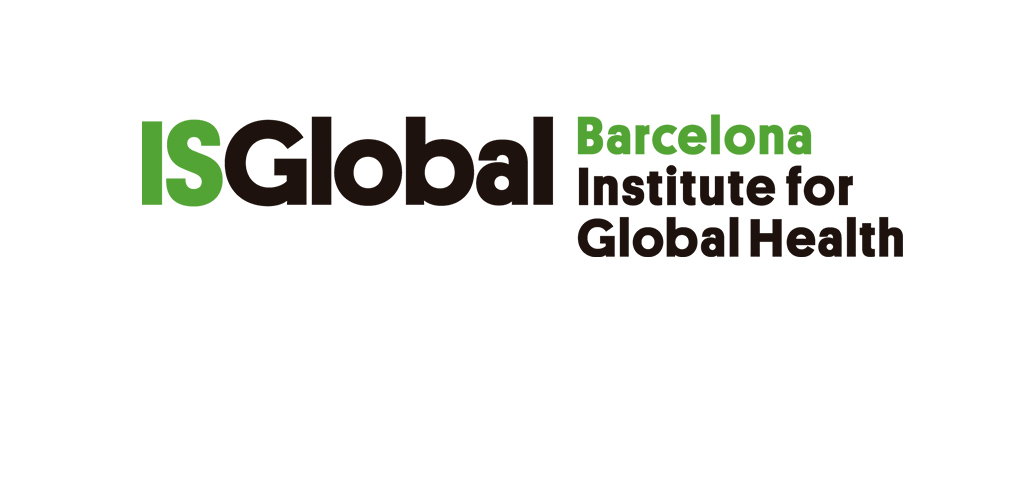New European Code against Cancer: Environment, occupation and cancer
The code includes 12 recommendations to prevent cancer
29.07.2015

Researchers from the International Agency for Research on Cancer (IARC) and the Centre for Research in Environmental Epidemiology (CREAL), among others, have participated in the 4th edition of the European Code against Cancer. The Code aims to reduce the cancer burden by informing people how to avoid or reduce carcinogenic exposures, adopt behaviours to reduce the cancer risk, or to participate in organised intervention programmes. The code includes 12 recommendations to prevent cancer and among them recommendations for occupational and environmental exposures: “In the workplace, protect yourself against cancer-causing substances by following health and safety instructions.”
People are exposed throughout life to a wide range of environmental and occupational pollutants from different sources at home, in the workplace or in the general environment – exposures that normally cannot be directly controlled by the individual. Several chemicals, metals, dusts, fibres, and occupations have been established to be causally associated with an increased risk of specific cancers, such as cancers of the lung, skin and urinary bladder, and mesothelioma.
Significant amounts of air pollutants – mainly from road transport and industry – continue to be emitted in the European Union (EU); an increased occurrence of lung cancer has been attributed to air pollution even in areas below the EU limits for daily air pollution. Additionally, a wide range of pesticides as well as industrial and household chemicals may lead to widespread human exposure, mainly through food and water. For most environmental pollutants, the most effective measures are regulations and community actions aimed at reducing and eliminating the exposures. “Thus, it is imperative to raise awareness about environmental and occupational carcinogens in order to motivate individuals to be proactive in advocating protection and supporting initiatives aimed at reducing pollution”, explains Manolis Kogevinas, researcher at CREAL, an ISGlobal allied center.
Regulations are not homogeneous across EU countries, and protective measures in the workplace are not used consistently by all workers all the time; compliance with regulations needs to be continuously monitored and enforced.
As regards environmental exposures, the respective frameworks at society level are typically needed to implement successful prevention. While every individual can contribute to a reduction in air pollution, such an initiative will not necessarily reduce the cancer risk of the given individual, but will contribute to a healthier society. “The most applicable recommendation at the individual level in the occupational environment is to be aware of protective measures and to apply them accordingly, following instructions on how to handle hazardous material at work, avoiding unnecessary exposure, and raising awareness of which relevant exposures occur at work, at home, and in the general environment”, continues Kogevinas. In the EU, regulations are not homogeneous across all countries, and protective measures in the workplace are not used consistently by all workers all the time. Therefore, the recommendation on Environment and Occupation of the 4th edition of the European Code against Cancer, focusing on what individuals can do to reduce their cancer risk, reads: “In the workplace, protect yourself against cancer-causing substances by following health and safety instructions.”
Reference:
Carolina Espina, Kurt Straif, Søren Friis, Manolis Kogevinas, Rodolfo Saracci, Harri Vainio, Joachim Schüz. European Code against Cancer 4th edition: Environment, occupation and cancer. Cancer Epidemiology (2015), http://dx.doi.org/10.1016/j.canep.2015.03.017
Image: Breast cancer cell. Source: National Cancer Institute / Wikipedia (CC).



